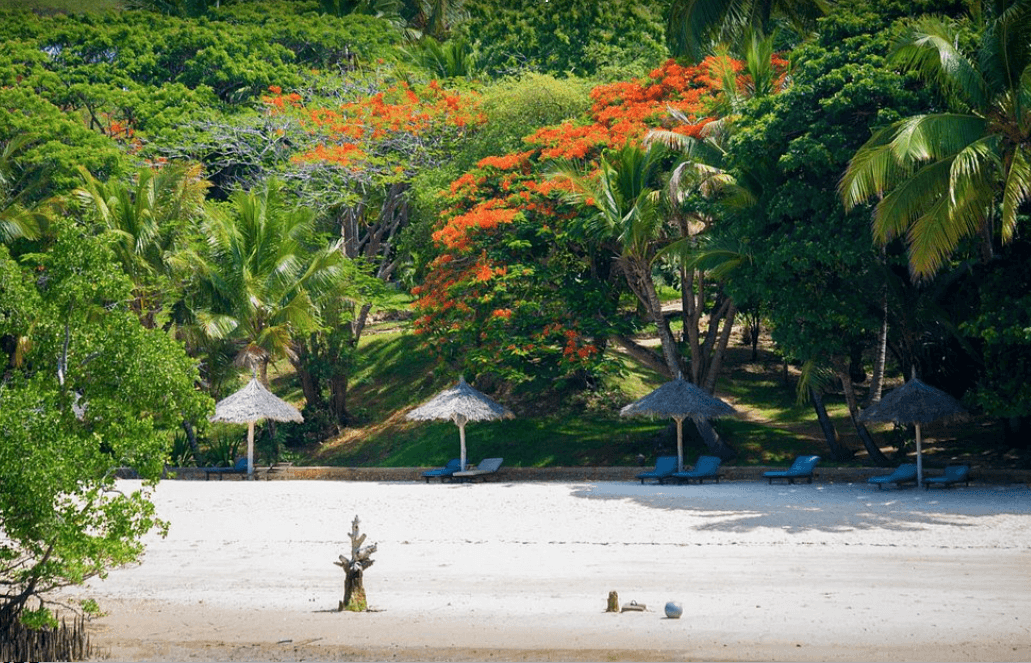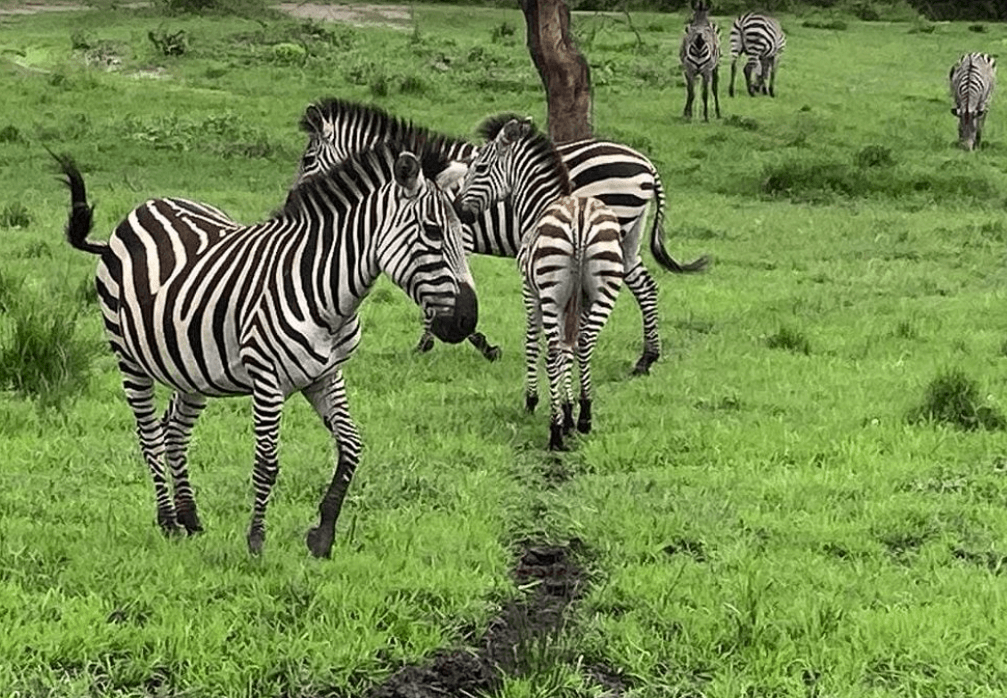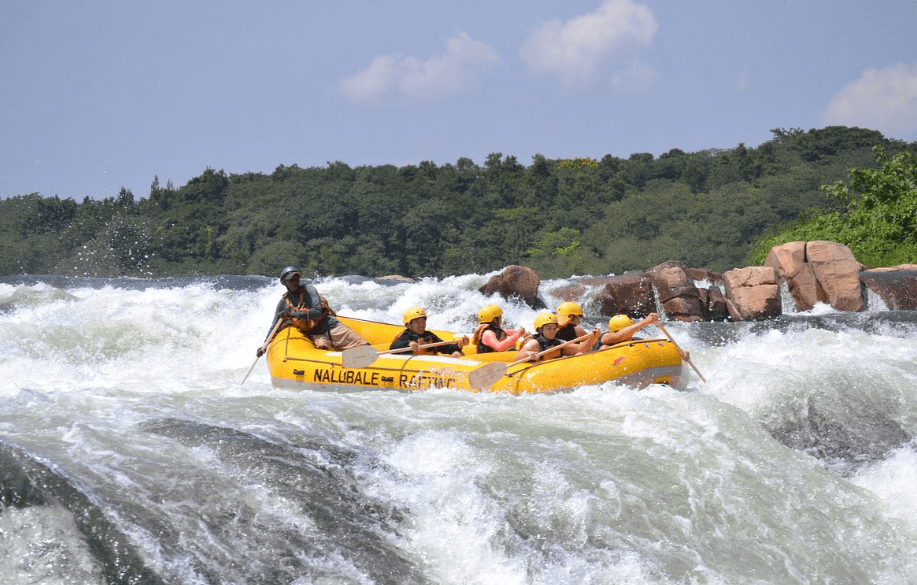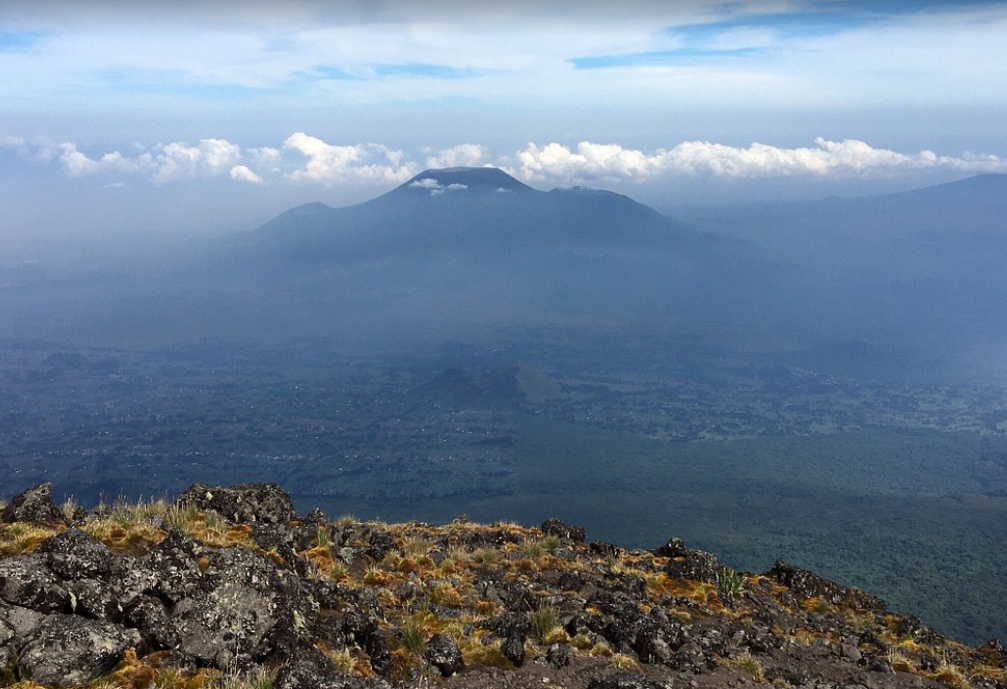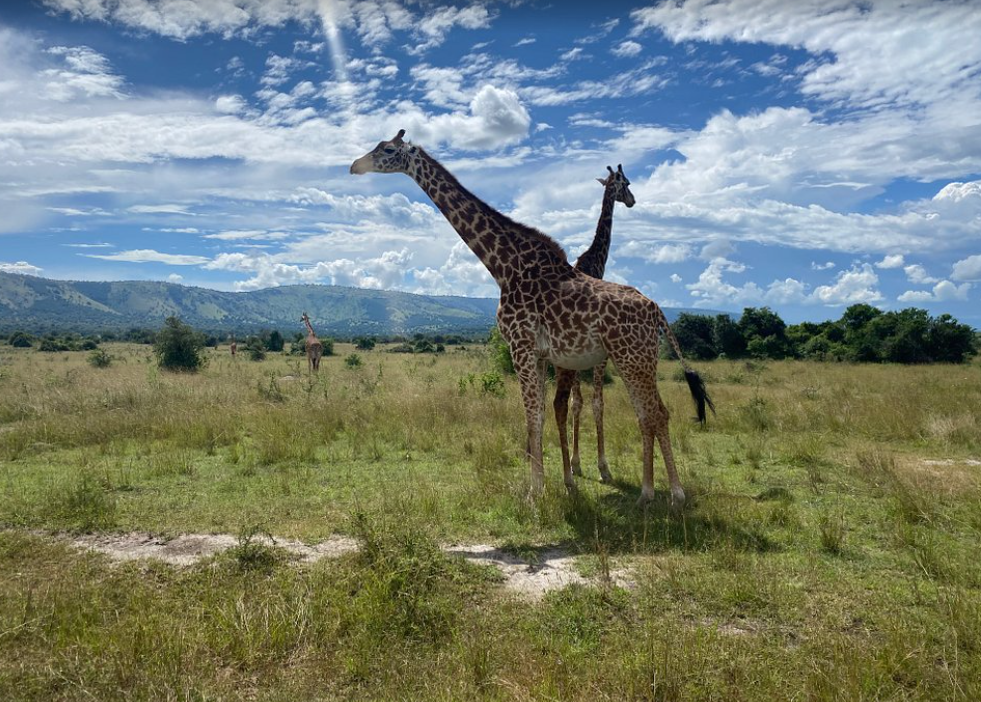Kibale Forest National Park
Kibale Forest National Park is a tropical rainforest in western Uganda, renowned for its rich biodiversity and high primate population. Covering approximately 795 square kilometers, this park is home to 13 primate species, including chimpanzees, which are the main attraction for visitors. The park’s lush greenery and diverse ecosystems also host a variety of other wildlife, making it a paradise for nature enthusiasts and researchers.
Location
Kibale Forest National Park is situated in western Uganda, spanning the districts of Kabarole and Kamwenge. It lies near the foothills of the Rwenzori Mountains and is in close proximity to the town of Fort Portal, which serves as a gateway to the park.
Driving Distance
From Kampala, Uganda’s capital, Kibale Forest National Park is approximately 320 kilometers away. The drive takes around 5-6 hours, offering scenic views of the Ugandan countryside, including tea plantations, rolling hills, and local villages.
How to Get There
You can reach Kibale Forest National Park by road or air.
By Road
The most common route is driving from Kampala through Fort Portal. This route is well-paved and offers beautiful landscapes along the way. Private vehicles, as well as public buses, are available for this journey. Once you reach Fort Portal, the park is a short drive away.
By Air
Alternatively, you can fly from Entebbe International Airport to Kasese airstrip, which is closer to the park. From Kasese, you can take a taxi or a private vehicle to Kibale Forest. This option significantly reduces travel time and provides a quicker access to the park.
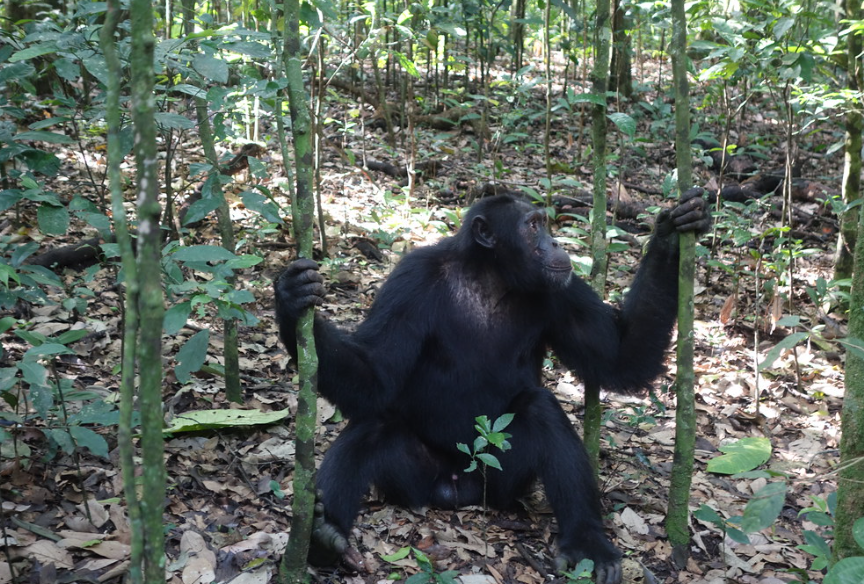
Tourist Activities at Kibale Forest
Chimpanzee Tracking
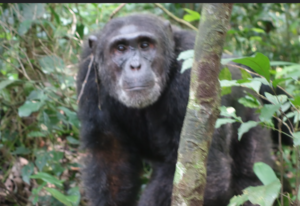
Chimpanzee tracking is the main attraction in Kibale Forest National Park. Visitors can trek through the dense forest to observe these fascinating primates in their natural habitat. The park offers both morning and afternoon tracking sessions, led by experienced guides. This activity provides a unique opportunity to witness the social behavior of chimpanzees up close.
Bird Watching
Kibale Forest is a bird watcher’s paradise, hosting over 375 bird species. The forest trails offer excellent bird watching opportunities, with species such as the African Grey Parrot, Green-breasted Pitta, and the Great Blue Turaco frequently spotted. Bird watching tours are available and are often guided by knowledgeable local experts.
Nature Walks
There are several trails in Kibale Forest for nature walks. These walks offer opportunities to explore the diverse flora and fauna of the park. One popular trail is the Bigodi Wetland Sanctuary, adjacent to the park, which is rich in birdlife and offers a chance to see various primates, butterflies, and plant species.
Nocturnal Forest Walks
For those seeking an adventurous experience, guided nocturnal walks are available. These walks provide a unique opportunity to see nocturnal creatures like bush babies, nightjars, and pottos. The forest at night reveals a different side of its biodiversity, making this a thrilling activity.
Cultural Encounters
Visitors can explore local communities near Kibale Forest. These cultural encounters provide insight into the lives of the Batooro and Bakiga people. You can participate in traditional dances, visit homesteads, and learn about their agricultural practices and daily life. This cultural immersion adds a rich dimension to the overall experience.
Chimpanzee Habituation Experience
Chimpanzee Habituation Experience in Kibale Forest allows you to spend up to four hours observing chimpanzees. This immersive adventure provides unique insights into their behavior and daily activities in their natural habitat.
Accommodation
Kibale Forest National Park offers a range of accommodation options to suit different budgets. Here are some options categorized by budget, midrange, and luxury.
Budget
- Kibale Forest Camp: This camp offers basic tents and cottages with shared facilities. It also has a campsite for budget travelers. The camp provides a rustic experience with close proximity to nature.
- Rwenzori View Guesthouse: Located in Fort Portal, this guesthouse offers simple, affordable rooms with great views of the Rwenzori Mountains. It is a good option for budget travelers looking for basic comfort.
Midrange
- Primate Lodge Kibale: Situated within the park, Primate Lodge offers comfortable bandas and a unique tree house, providing excellent access to chimp tracking activities. The lodge offers good amenities and a cozy environment.
- Chimpanzee Forest Guesthouse: This guesthouse offers cozy cottages set in beautiful gardens. It provides a comfortable stay with great food and friendly service. It is located close to the park, making it convenient for activities.
Luxury
- Kyaninga Lodge: This luxurious lodge offers beautiful cottages with stunning views of Lake Kyaninga and the surrounding landscapes. The lodge features a swimming pool, gourmet dining, and top-notch service, making it ideal for those seeking a luxurious experience.
- Ndali Lodge: Ndali Lodge offers beautiful thatched cottages set on a tea estate with panoramic views of the Rwenzori Mountains. The lodge provides a serene environment, exceptional service, and delicious meals.
Frequently Asked Questions
What is the best time to visit Kibale Forest?
The best time to visit Kibale Forest National Park is during the dry seasons, from June to September and December to February. These months offer better trekking conditions and more predictable weather.
How many chimpanzee groups can be visited?
Kibale Forest has several habituated chimpanzee groups available for tracking. The exact number can vary, but there are usually multiple groups that visitors can track.
Do I need a permit for chimpanzee tracking?
Yes, you need a permit for chimpanzee tracking. The permit costs $200 for foreign non-residents. It is advisable to book your permit in advance, especially during peak seasons.
How fit do I need to be for chimpanzee tracking?
You should be reasonably fit for chimpanzee tracking. The trek can be challenging due to the thick forest, uneven terrain, and the need to follow the chimps through their natural habitat.
Can children participate in chimpanzee tracking?
Only children aged 12 and above can participate in chimpanzee tracking. This age limit ensures safety and compliance with park regulations.
Are there any health precautions to take?
Yes, it is important to be in good health before undertaking chimpanzee tracking. Chimps are susceptible to human diseases, so you should avoid trekking if you are sick. Additionally, it is recommended to have up-to-date vaccinations and take antimalarial medication.
What should I bring for chimpanzee tracking?
For chimpanzee tracking, you should wear sturdy hiking boots, long trousers, and a long-sleeved shirt to protect against insects and vegetation. It is also advisable to bring a rain jacket, a hat, sunscreen, insect repellent, and plenty of water.
Are there other primates in Kibale Forest?
Yes, Kibale Forest is home to 13 primate species, including red colobus monkeys, black-and-white colobus monkeys, L’Hoest’s monkeys, and grey-cheeked mangabeys. This diversity makes the park a prime destination for primate enthusiasts.
Kibale Forest National Park offers an extraordinary experience for nature lovers and adventure seekers alike. Whether you’re tracking chimpanzees, bird watching, or exploring the local culture, Kibale has something for everyone. Its rich biodiversity, combined with a range of activities and accommodation options, ensures that every visitor leaves with unforgettable memories.

